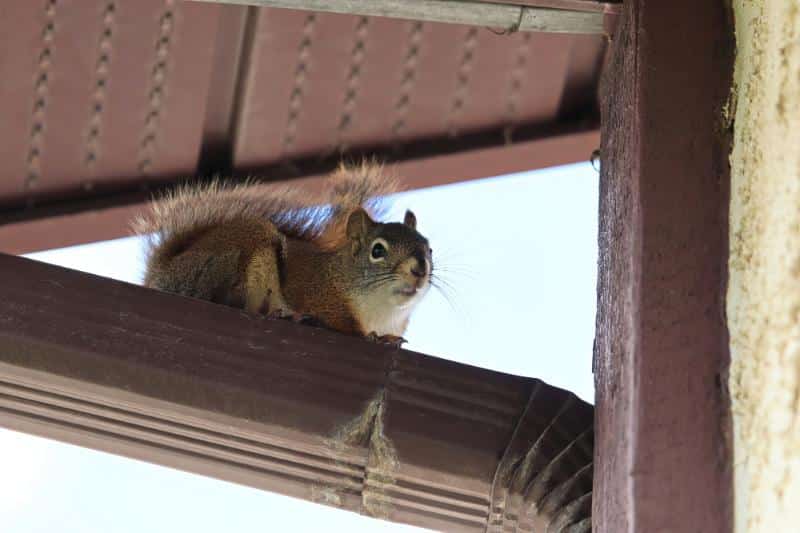Pests, those uninvited guests, have a knack for sneaking into our homes unnoticed. Whether it’s creepy crawlies or furry animals, spotting the signs of their presence early can save you from a lot of hassle and potential damage.

Signs of Pests
Here are five subtle signs that might suggest you have pests making themselves at home:
- Mysterious Noises: Have you been hearing strange sounds like scratching, scuttling, or gnawing, especially during the quiet hours of the night? These nocturnal noises often indicate the presence of rodents like mice or rats. They’re most active when the rest of the house is asleep, so if you hear these sounds consistently, it’s a good idea to investigate further.
- Unwelcome Droppings: Pests often leave behind tell-tale signs of their presence in the form of droppings. These can vary depending on the type of pest infestation. For instance, rodent droppings are small, dark pellets, while cockroach droppings resemble coffee grounds. Finding these droppings in areas like cupboards, drawers, or along baseboards is a clear indication that you have unwelcome visitors.
- Evidence of Gnawing: Rodents have a compulsive need to gnaw on objects to keep their teeth in check. As a result, they’ll chew on anything they can sink their teeth into, including electrical wiring, furniture, and even structural elements like walls. Keep an eye out for gnaw marks on wooden surfaces, plastic pipes, and cables. Not only is this behaviour destructive, but it also poses serious safety hazards.
- Strange Odours: If you notice foul or musty odours in certain areas of your home, it could be a sign of a pest infestation. Rodents, in particular, have a distinctive musky smell that becomes more pronounced as their numbers increase. Similarly, decaying insects or animals trapped in hidden corners can produce unpleasant odours that permeate your living space. Don’t ignore strange smells – investigate their source promptly.
- Visible Damage: Pests can wreak havoc on your property if left unchecked. Look for signs of chewed or shredded materials, such as clothing, cardboard boxes, or insulation. You may also spot holes in walls, floors, or ceilings, which serve as entry points for pests. Termite infestations, in particular, can cause significant damage to wooden structures over time, leading to costly repairs if not addressed promptly.
What to do

Promptly addressing a pest infestation is essential to mitigate additional damage and potential health hazards. Here’s what you can do:
- Identify the Pest: Determine the type of pest you’re dealing with to help you choose the most effective method of control. Some infestations may require professional assistance for safe and efficient removal. If you’re facing a persistent pest problem in London, for example, consider reaching out to a reputable Pest Control Company London for professional assistance.
- Seal Entry Points: Inspect your home for any cracks, gaps, or openings that pests could use to gain entry. Seal these entry points with caulk, weather stripping, or wire mesh to prevent future infestations.
- Maintain Cleanliness: Maintain a tidy and clutter-free home environment to eliminate potential hiding spots and food sources for pests. Store food in tightly sealed containers, promptly clean up any spills, and ensure regular disposal of rubbish.
- Utilize Pest Control Methods: Depending on the severity of the infestation, you may need to use traps, baits, or insecticides to eradicate pests. Follow product instructions carefully and consider seeking professional help for severe or recurring infestations.
- Regular Monitoring: Even after addressing a pest problem, continue to monitor your home for signs of reinfestation.
Conclusion
Remaining vigilant and implementing proactive measures empowers you to efficiently tackle pest infestations and protect your home and family. Never overlook the subtle signs discussed earlier, as they might signal a larger pest problem brewing within your home.
Take prompt action to address any issues and restore tranquility to your living space.
